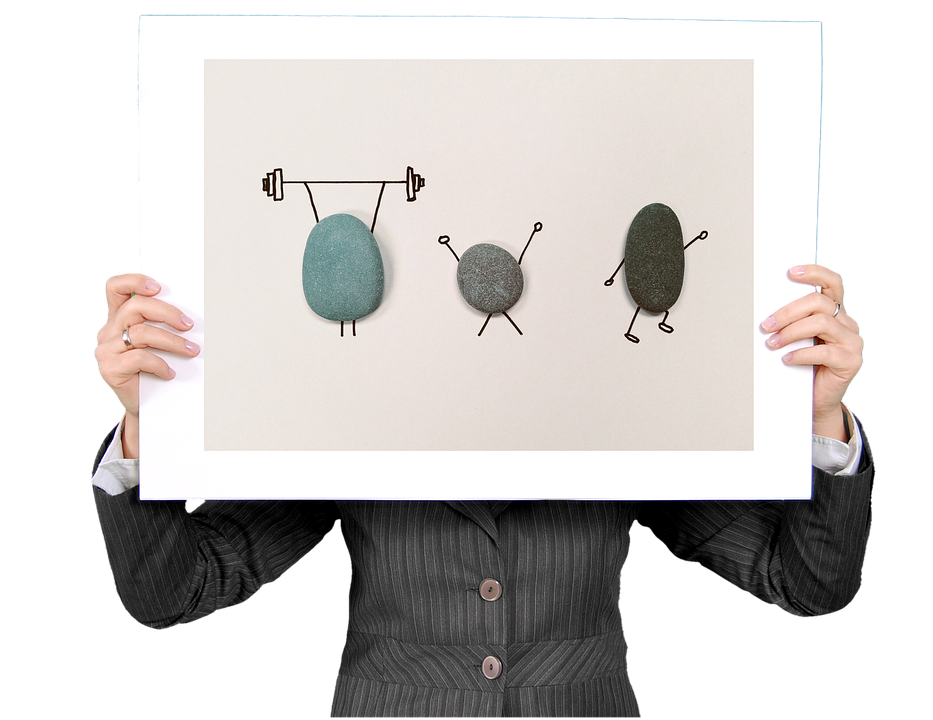July 4th, also known as Independence Day, is a holiday that holds a special place in the hearts of Americans. It is a day filled with fireworks, barbecues, parades and patriotic celebrations. But have you ever stopped to think about how these traditions evolved over time? In this article, we’ll explore the history of July 4th celebrations and how they’ve changed over the years.
Of course, one of the most iconic traditions of the 4th of July is the fireworks display. Fireworks have been a part of Independence Day celebrations for the first time in 1776. In the early years, fireworks were used as a way to show patriotism and celebrate the country’s independence. Today, fireworks are still a big part of July 4th celebrations, with elaborate displays lighting up the night sky in cities and towns across the country.
Another tradition that has evolved over time is the 4th of July Parade. Parades have been a staple of Independence Day celebrations for centuries, with marching bands, floats and patriotic displays delighting spectators of all ages. In the past, parades were often a way for communities to come together and celebrate their independence. Today, parades are still a popular tradition, but they have become more elaborate and entertaining, with large-scale floats and displays.
One tradition that has remained constant over the years is the 4th of July barbecue. Barbecues have been a part of American culture for centuries, and they’ve always been a popular way to celebrate Independence Day. In times past, barbecues were often simple affairs, with family and friends getting together to cook and enjoy a delicious meal. Today, barbecues are still a popular way to celebrate the 4th of July, but they have become more elaborate and extravagant, with delicious dishes and elaborate outdoor setups.
One tradition that has seen a significant evolution over time is the reading of the Declaration of Independence. In the country’s early years, the Declaration of Independence was often read aloud at public gatherings to remind people of the ideals and principles on which the country was founded. Today, reading the Declaration of Independence is less common, but it is still a meaningful tradition for many communities.
Ultimately, the 4th of July is a holiday that holds a special place in the hearts of Americans, and its traditions have evolved over time. From fireworks displays to parades to barbecues, each tradition has changed and adapted to reflect the changing times. As we celebrate Independence Day this year, let’s take a moment to appreciate the rich history and evolution of 4th of July traditions.





